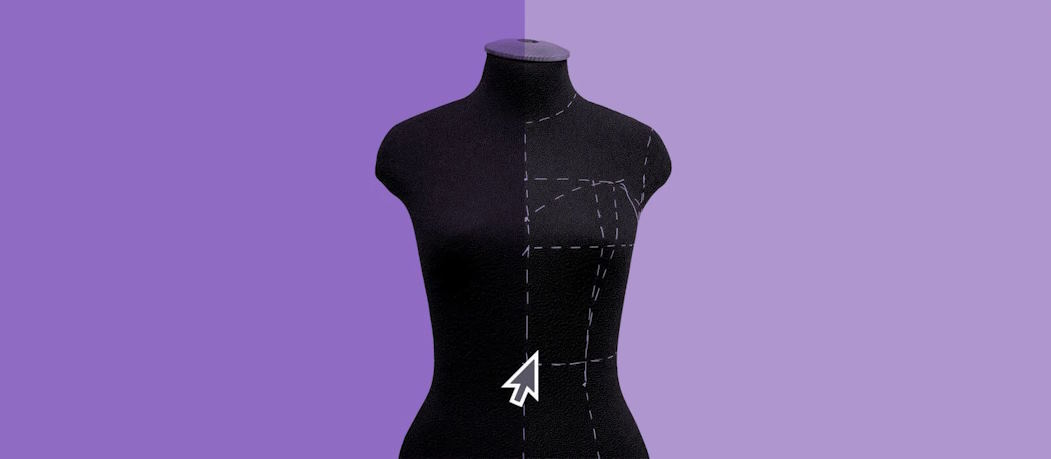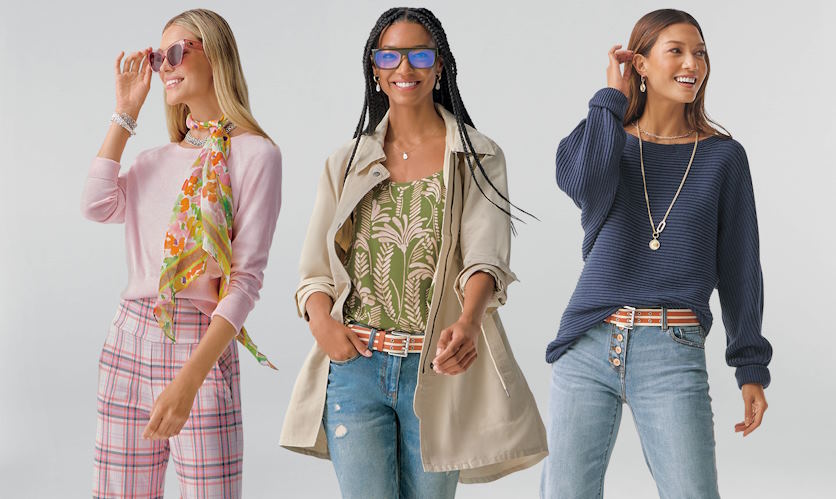In the ever-evolving landscape of fashion, where trends come and go with the blink of an eye, the concept of ownership extends beyond the tangible to encompass the intangible essence of creativity. Fashion designers pour their hearts and souls into crafting distinctive designs that capture the zeitgeist of the moment, only to find themselves navigating a complex web of legal challenges and ethical dilemmas. As the boundaries between inspiration and appropriation blur, the need for robust intellectual property protection has never been more pressing.
Introduction to Copyright and Intellectual Property in Fashion Design
Fashion design, like any other form of creative expression, is subject to intellectual property laws. Copyright and intellectual property rights serve as the cornerstone of legal protection in the fashion industry. Understanding these concepts is crucial for designers seeking to safeguard their innovative designs from unauthorized use or replication.
The Role of Copyright in Fashion Design
Copyright, in its essence, grants exclusive rights to creators over their original works. In the realm of fashion, this encompasses various elements such as fabric patterns, garment designs, and even fashion illustrations. While copyright protection extends to tangible works of expression, it does not cover utilitarian aspects of clothing, such as its basic shape or functionality.

Challenges in Protecting Fashion Designs
Despite the significance of copyright, fashion designers face unique challenges in protecting their creations. Unlike other creative industries, such as music or literature, the fashion world lacks clear-cut guidelines for copyright protection. Moreover, proving infringement can be arduous, especially in cases where similarities between designs may be subjective.
Alternative Forms of Protection
In light of these challenges, fashion designers often explore alternative forms of protection, such as trademarks and design patents. Trademarks offer brand protection, safeguarding logos, labels, or brand names associated with a particular fashion house. On the other hand, design patents provide exclusive rights over the ornamental aspects of a design, offering more tangible protection against infringement.
Key Considerations for Fashion Designers
For aspiring and established fashion designers alike, navigating the legal landscape requires careful consideration. Conducting thorough research to ensure the originality of a design is paramount. Additionally, documenting the design process can serve as crucial evidence in the event of a legal dispute.

Enforcement of Copyright in Fashion
Enforcing copyright in the fast-paced world of fashion can be complex. Legal actions against infringement may involve cease and desist letters, injunctions, or even litigation. Moreover, in an increasingly globalized industry, navigating international copyright laws adds another layer of complexity to enforcement efforts.
Case Studies
Examining landmark copyright cases in fashion provides valuable insights into the legal nuances of the industry. From disputes over iconic logos to allegations of design theft, these case studies underscore the importance of robust intellectual property protection for fashion designers.
Future Trends and Developments
Looking ahead, emerging technologies such as blockchain and AI hold the potential to revolutionize copyright protection in fashion. Moreover, changes in legislation, both domestically and internationally, are poised to reshape the legal landscape, influencing how designers navigate intellectual property rights.

































